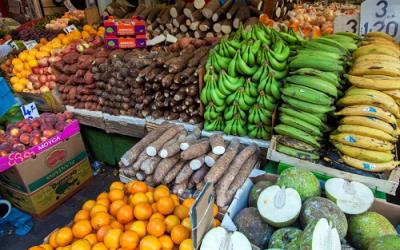The World Bank has stated in its latest Food Security Update report that food prices will remain high in 2024, adding, inflation in low, middle, and high-income countries was high in 2023.
According to the Washington-based lender, the inflation level in 63.2% of low-income countries was greater than 5% in 63.2% of low-income countries in 2023. This was 1.3% points higher than in the last food update on January 17, 2023.
It revealed that the inflation level was greater than 5% in 73.9% of lower-middle-income countries and 48% of upper-middle-income countries in 2023, recording no percentage change from the last update.
The World Bank added that in high-income countries, the food inflation level was also higher than 5% in 44.4% of countries, which was 1.9% points lower than in the last food update.
Furthermore, in real terms, food price inflation exceeded overall inflation in 71% of the 165 countries where data was available.
According to the International Food Policy Research Institute (IFPRI), the recent attacks by Houthi rebels on ships in the Red Sea have triggered a 40% decrease in trade volumes in the Suez Canal, which is decreasing global food security.
It said the World Bank’s Global Economics Prospects 2024 report emphasised the critical problem of food insecurity within the context of various challenges.
“In 2023, food prices, a significant component of the agricultural price index, declined by 9% because supplies of major crops were ample, except for rice, which declined by 27%. Food prices are expected to decline further in 2024 and 2025, although potential risks such as energy cost increases, adverse weather events, trade restrictions, and geopolitical uncertainty could affect them”, it stated.
The report continued that a blog post from the World Bank Agriculture and Food Global Practice discussed the urgent need for circular food systems to address environmental challenges.



